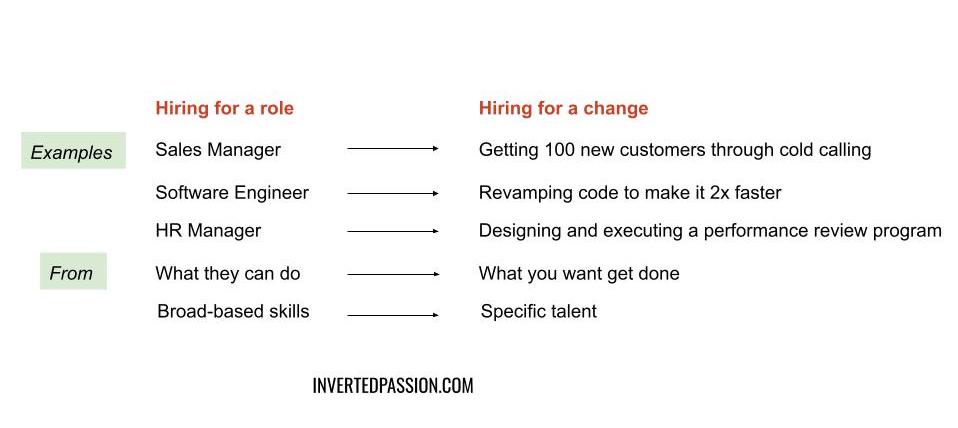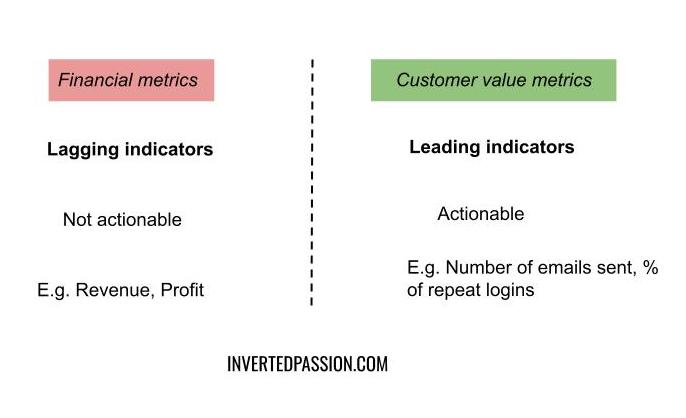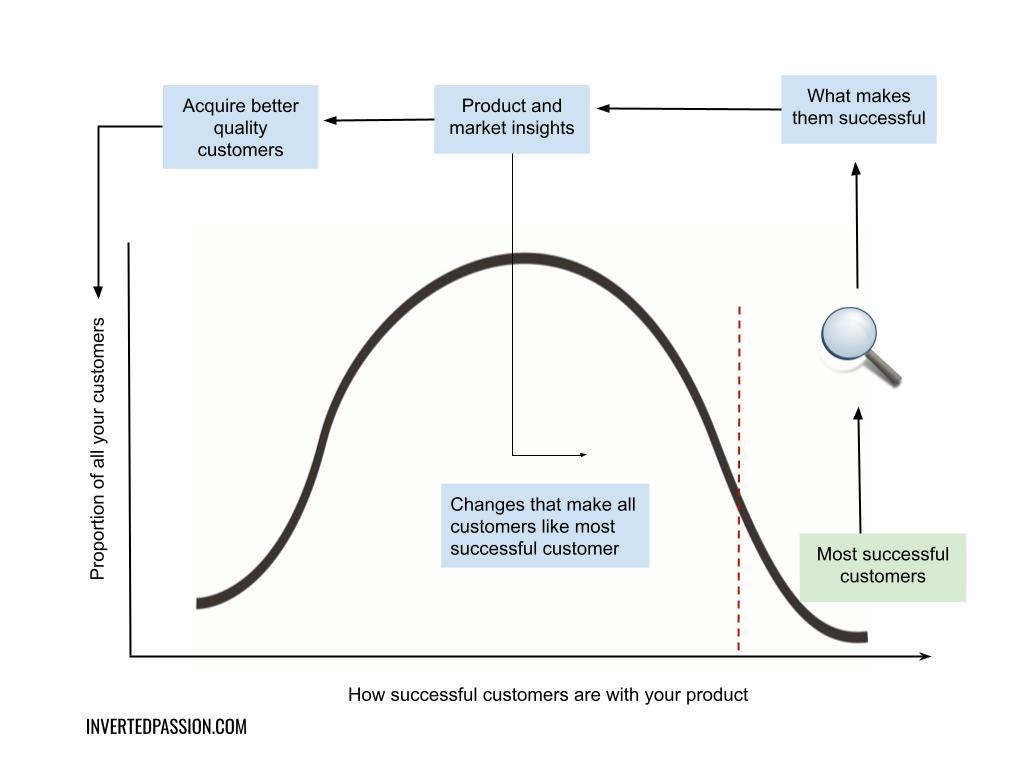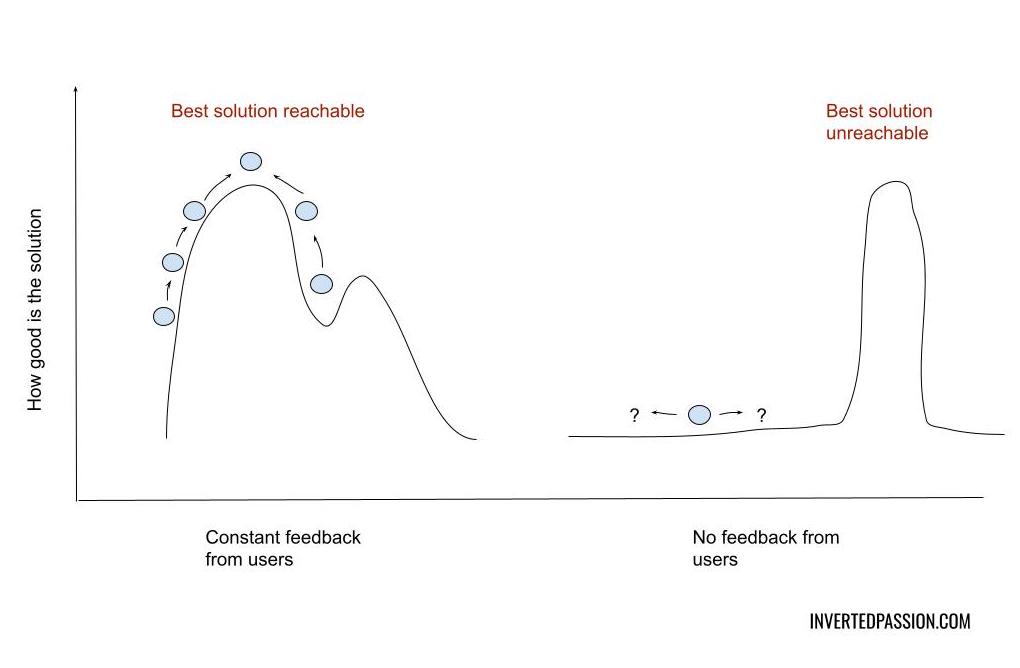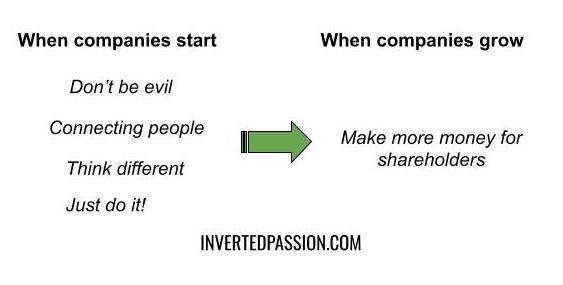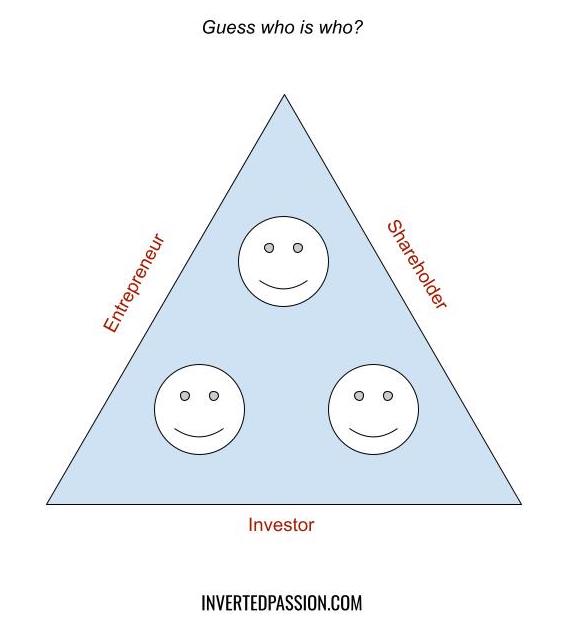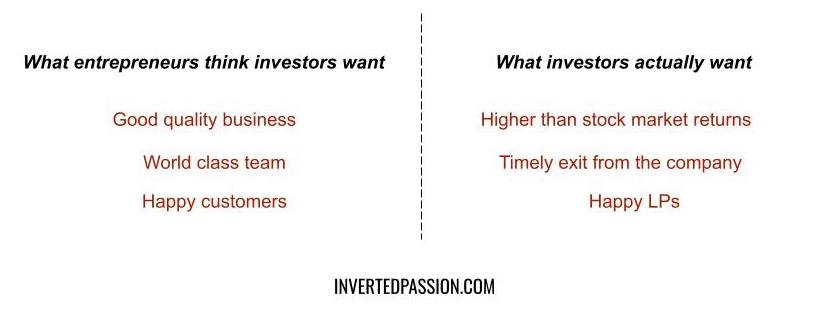In the very early stages when there are few people in the organization, only a few projects are running at any point in time. The founder typically knows how such projects connect with and reinforce each other to produce an output that’s more than the sum of its parts.
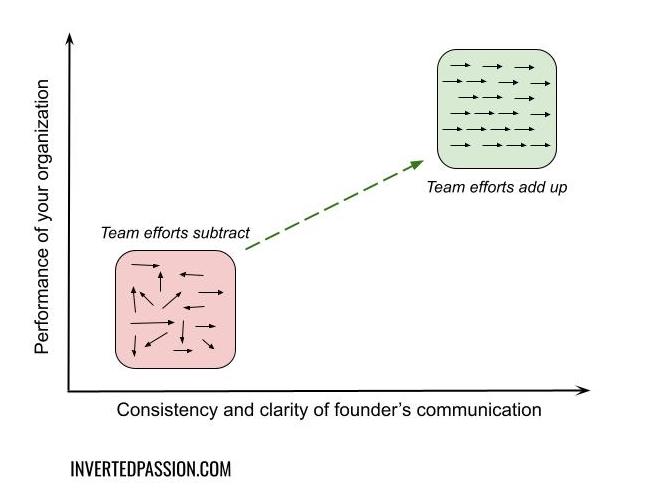
As an extreme example of this, consider the organization when it is just one person: the founder. This person has the luxury of high bandwidth communication between different concepts sitting in his/her brain. The product manager, the marketer, the developer, the designer – all are sitting in the same brain of the founder, and hence alignment of their actions is a natural outcome. Whenever there’s an impulse in one part of the brain (like launching a new feature), another part of the brain immediately pitches in to prevent it from getting misaligned (like wondering – how will this feature sell?). ...

